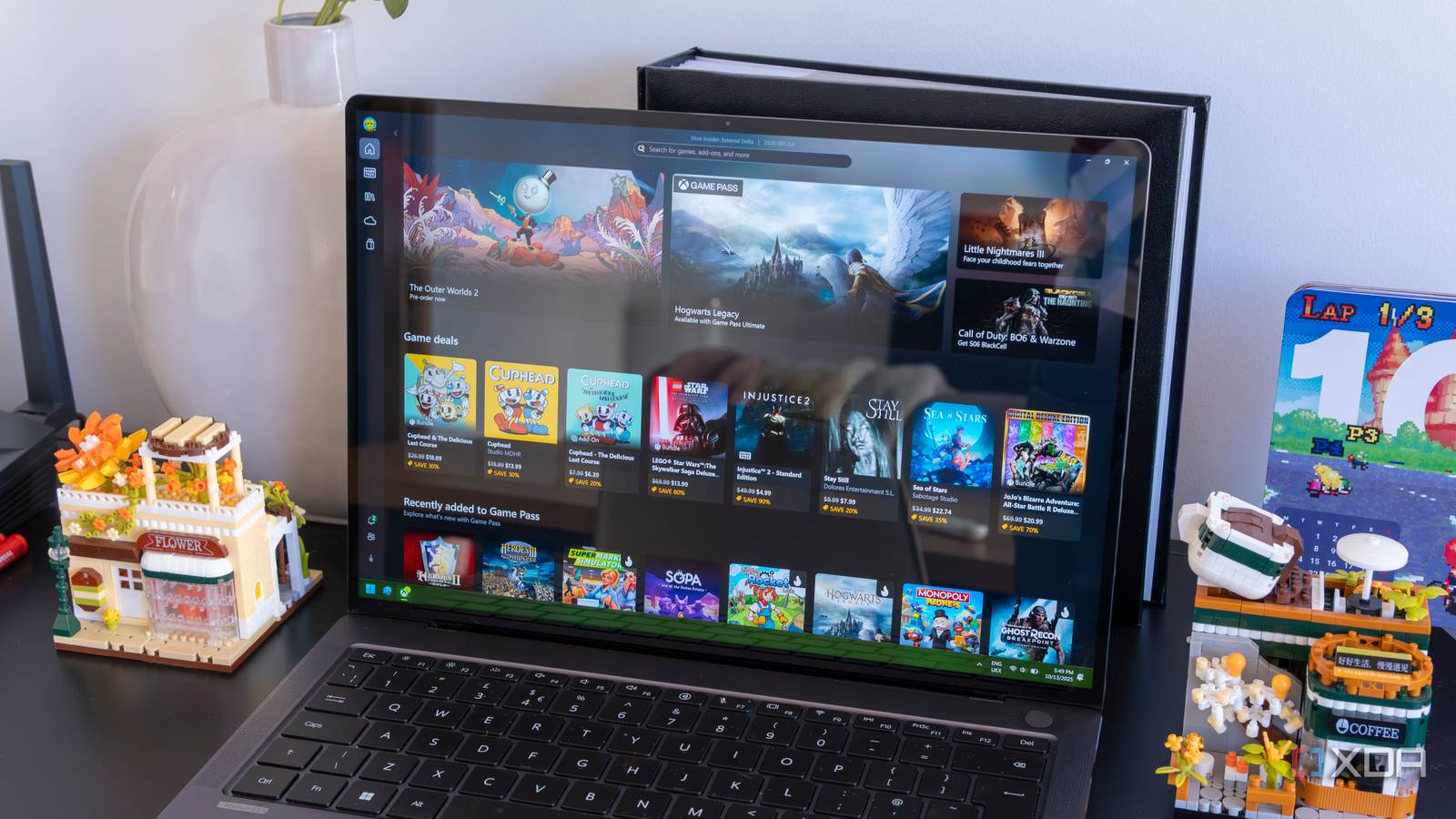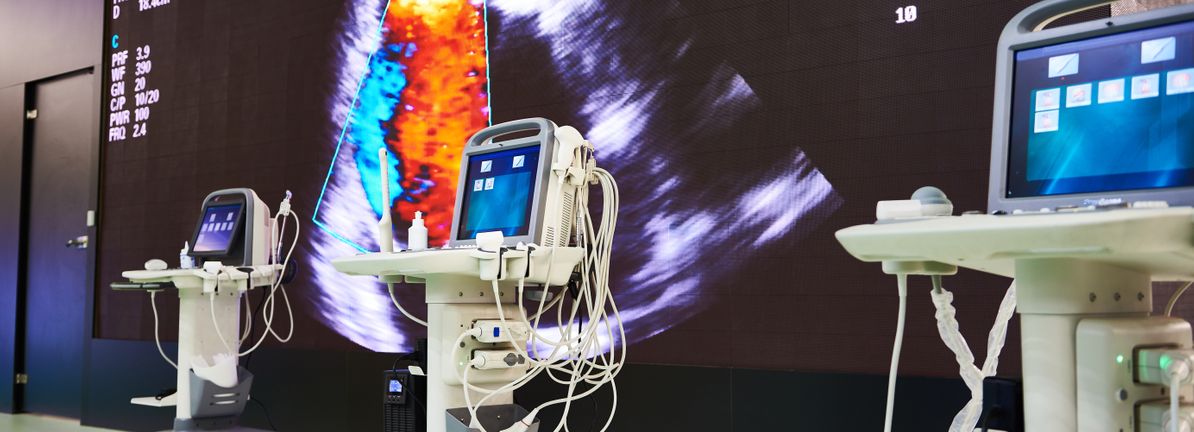They offer a glimpse into the material that predated the massive impact that shaped our modern world.
The findings were published Tuesday in Nature Geosciences, according to ScienceDaily.
“This is maybe the first direct…

They offer a glimpse into the material that predated the massive impact that shaped our modern world.
The findings were published Tuesday in Nature Geosciences, according to ScienceDaily.
“This is maybe the first direct…

That clarity – and perspective – has allowed him to flourish this year. No longer competing on all six events has allowed Thorpe to both polish his routines on the floor exercise and horizontal bar, the only apparatus he’s competing on in…

Shehnaz KhanWest Midlands
 Derek Brennan
Derek BrennanIt’s the show that has become synonymous with flat caps, waistcoats and tweed suits, but 12 years on since…

Water can divide—but it can also unite. The new Routledge Handbook of Water Diplomacy brings together more than 80 contributors from 30 countries to show how shared waters can become pathways for cooperation. Edited by Dr Martina Klimes and…


Koninklijke Philips (ENXTAM:PHIA) has experienced some shifts in stock performance over the past month, catching the attention of investors who are looking for companies navigating dynamic markets. Shares have moved up nearly 2% in the past month.
See our latest analysis for Koninklijke Philips.
After a challenging twelve months, Koninklijke Philips has been making up some ground, most recently with a positive 14.4% 90-day share price return. While the past year’s total shareholder return sits in negative territory, upside momentum has picked up, suggesting a shift in risk sentiment and possibly renewed confidence in the company’s growth potential.
If you’re interested in discovering what else is trending in healthcare and medtech, take the next step and check out See the full list for free.
With Philips trading nearly 10% below analyst targets and showing strong recent gains, the key question is whether the market is still undervaluing its long-term prospects or if future growth is now fully reflected in the price.
Philips trades at a price-to-earnings (P/E) ratio of 135.7x, which is far higher than both the sector and peer averages. The latest close of €24.26 places it firmly in the expensive camp relative to comparable medical equipment companies in Europe.
The price-to-earnings ratio measures what investors are willing to pay today for each euro of the company’s earnings. A high P/E can reflect optimism about future growth or profitability improvements, but it can also suggest overenthusiasm if not backed by strong fundamentals.
The implication here is clear: the market is pricing in ambitious profit growth for Philips, likely in response to its return to profitability and positive near-term momentum. However, when compared to the European industry average P/E of 29.1x and the peer average of 31.6x, Philips’ premium suggests investors expect more rapid earnings expansion, margin gains, or both.
See what the numbers say about this price — find out in our valuation breakdown.
Result: Price-to-Earnings of 135.7x (OVERVALUED)
However, still, a slowdown in revenue growth or any stumbles in profitability could quickly reverse recent optimism and put pressure on Philips’ lofty valuation.
Find out about the key risks to this Koninklijke Philips narrative.
While Philips looks overvalued based on its price-to-earnings ratio, our DCF model presents a different perspective. The stock is trading at a 52.9% discount to our estimated fair value of €51.56, which suggests potential upside. Does this fundamental valuation challenge the market’s skepticism?

BEIJING, Oct 19 (Reuters) – China has accused the U.S. of stealing secrets and infiltrating the country’s national time centre, warning that serious breaches could have disrupted communication networks, financial systems, the power supply and the international standard time.
The U.S. National Security Agency has been carrying out a cyber attack operation on the National Time Service Center over an extended period of time, China’s State Security Ministry said in a statement on its WeChat account on Sunday.
Sign up here.
The ministry said it found evidence tracing stolen data and credentials as far back as 2022, which were used to spy on the staff’s mobile devices and network systems at the centre.
The U.S. intelligence agency had “exploited a vulnerability” in the messaging service of a foreign smartphone brand to access staff members’ devices in 2022, the ministry said, without naming the brand.
The national time centre is a research institute under the Chinese Academy of Sciences that generates, maintains and broadcasts China’s standard time.
The ministry’s investigation also found that the United States launched attacks on the centre’s internal network systems and attempted to attack the high-precision ground-based timing system in 2023 and 2024.
The U.S. embassy did not immediately respond to a request for comment.
China and the U.S. have increasingly traded accusations of cyberattacks in the past few years, each portraying the other as its primary cyber threat.
Reporting by Liz Lee; Editing by Michael Perry
Our Standards: The Thomson Reuters Trust Principles.

SINGAPORE, Oct 19 — Malnutrition is quietly becoming a growing threat among Singapore’s elderly, with new data showing a sharp rise in undernourished seniors despite the city-state’s abundance of food.
According to The Straits Times,…